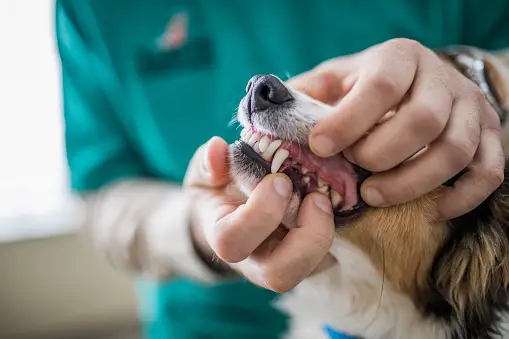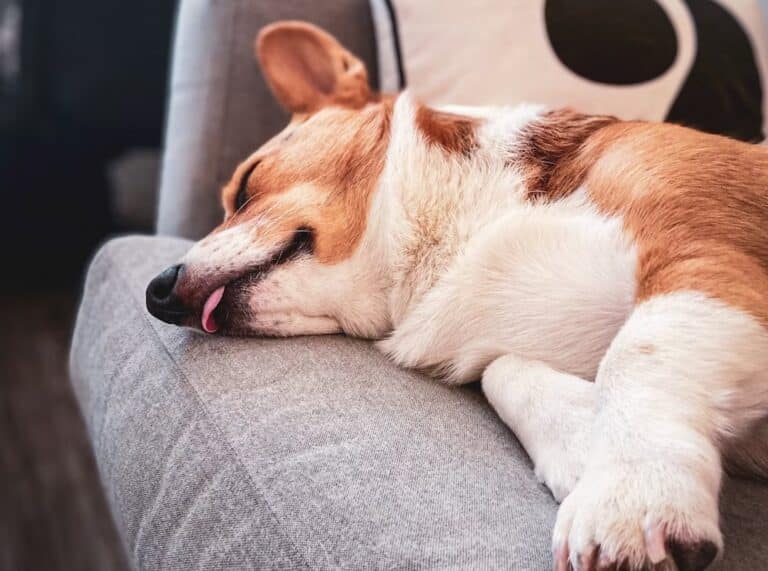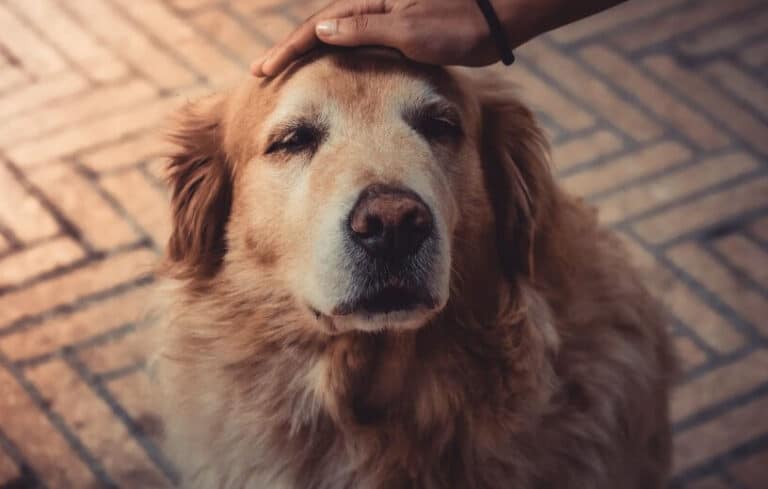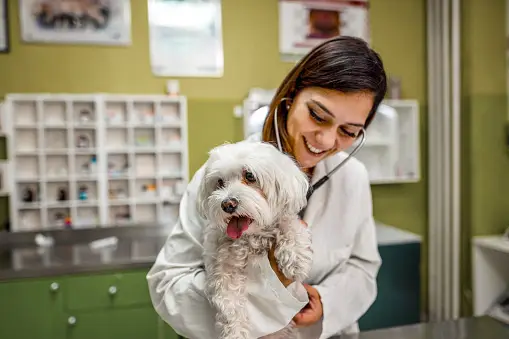Dogs Guilt
The concept of guilt in dogs
When it comes to understanding canine guilt, it’s important to remember that dogs do not experience emotions in the same way humans do. While dogs may exhibit behaviors that appear to be expressions of guilt, it’s more likely that they are reacting to their owner’s body language and tone of voice rather than feeling genuine guilt.
Common behaviors associated with guilt in dogs
Some common behaviors that are often associated with guilt in dogs include avoiding eye contact, cowering, hiding, and submissive body language such as tucking their tail between their legs. These behaviors are often seen in response to a scolding or reprimand from their owner, but it’s important to remember that these actions are not necessarily indicative of guilt.
Factors that influence how dogs show guilt
There are several factors that can influence how dogs show guilt, including their individual personalities, past experiences, and the specific situation at hand. Some dogs may be more sensitive to their owner’s emotions and more likely to display behaviors that appear to be guilty, while others may not show any signs of guilt at all.
Overall, it’s important to remember that while dogs may exhibit behaviors that appear to be expressions of guilt, it’s more likely that they are simply responding to their owner’s cues rather than experiencing genuine guilt. Understanding these behaviors and the factors that influence them can help us better interpret our canine companions’ actions.
Body Language Signs of Guilt
Avoiding eye contact
One of the most common body language signs of guilt in dogs is avoiding eye contact. When a dog feels guilty, they may avert their gaze or look away when you try to make eye contact with them. This behavior is often a sign that they know they have done something wrong and are trying to avoid confrontation.
Submissive body posture
Another body language sign of guilt in dogs is a submissive body posture. This can include crouching down, tucking their tail between their legs, and lowering their body towards the ground. Dogs may exhibit this behavior when they feel guilty or are trying to appease their owner after misbehaving.
Tail tucking and lowered head
Tail tucking and lowering their head are also common signs of guilt in dogs. When a dog feels guilty, they may tuck their tail between their legs and lower their head as a way of showing submission. This behavior can indicate that the dog is aware of their wrongdoing and is trying to communicate their remorse to their owner.
Verbal and Physical Expressions of Guilt
Whining or whimpering
Dogs may show guilt through verbal expressions such as whining or whimpering. This could be their way of seeking attention or trying to communicate their feelings of guilt.
Pawing or nudging
Another common physical expression of guilt in dogs is pawing or nudging. This behavior may indicate that the dog is trying to make amends or seek forgiveness for something they have done.
Licking or yawning as a sign of stress
Licking or yawning can also be signs of guilt in dogs, but they may also indicate stress. Dogs may lick or yawn as a way to calm themselves down in situations where they feel guilty or anxious.
Final thoughts:
It is clear that dogs exhibit guilt through a variety of behavioral cues such as avoiding eye contact, cowering, and displaying submissive body language. While some researchers argue that dogs do not actually feel guilt in the same way that humans do, it is undeniable that they are capable of displaying behaviors that suggest they understand when they have done something wrong. By being aware of these cues, dog owners can better understand their pet’s emotions and respond appropriately to help strengthen the bond between them.







